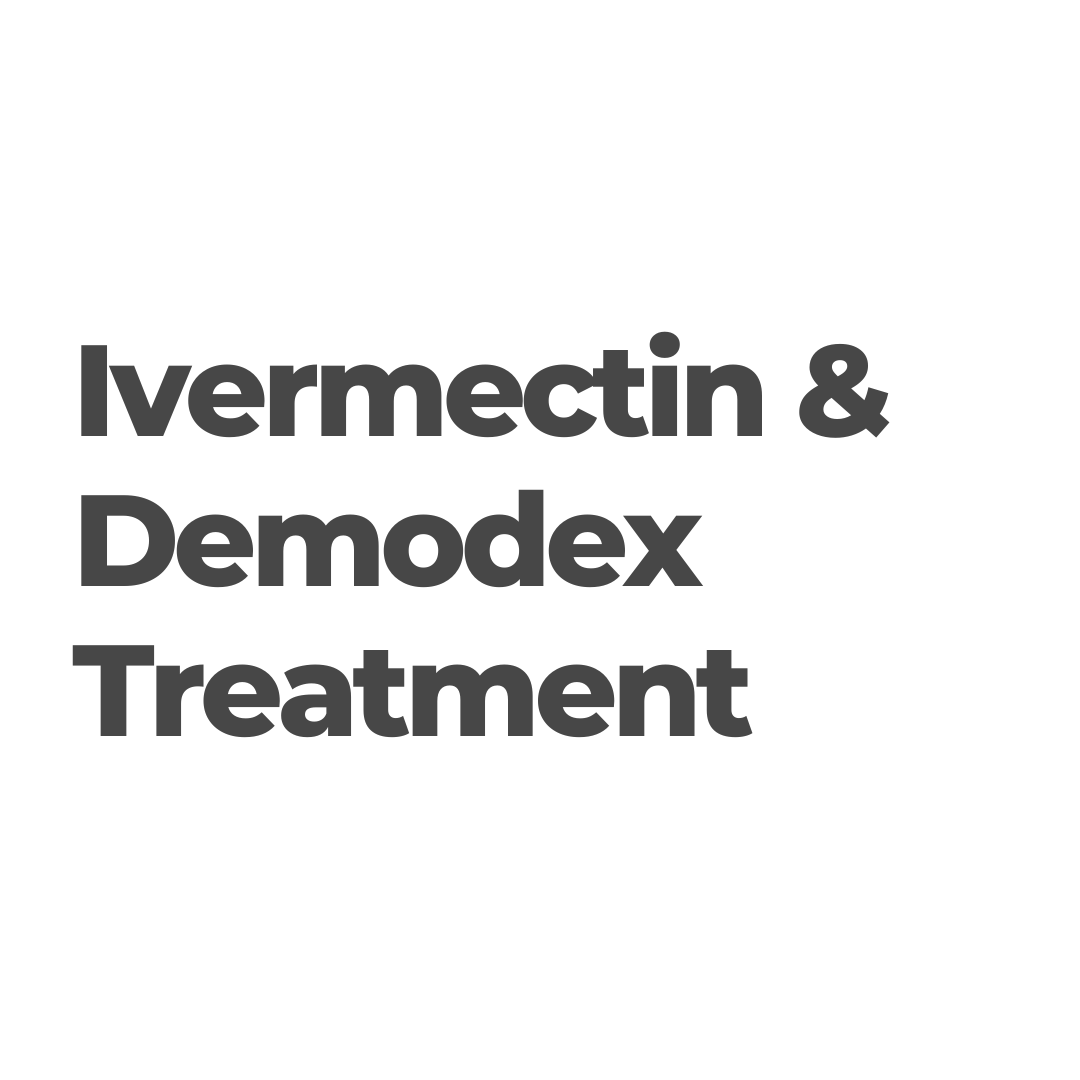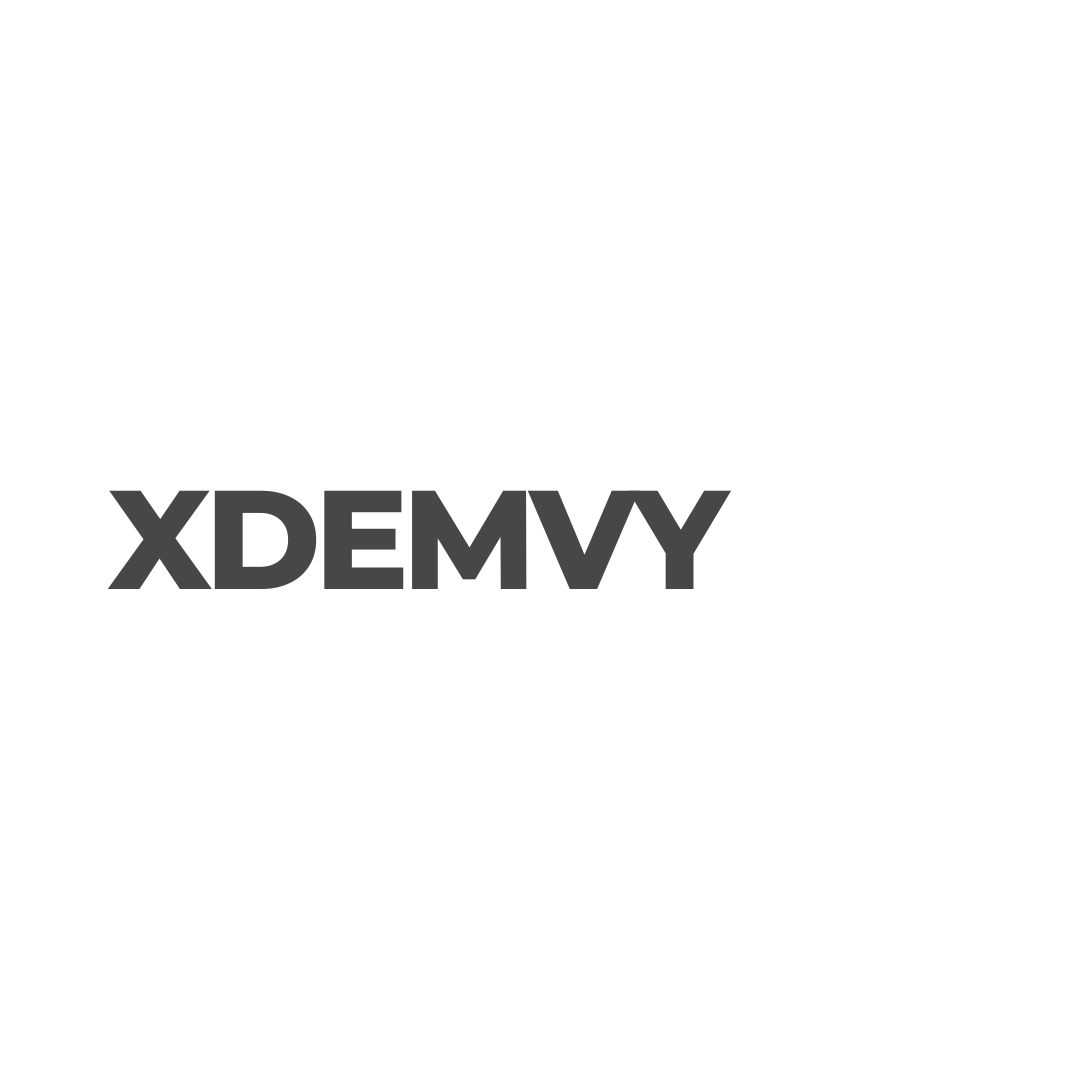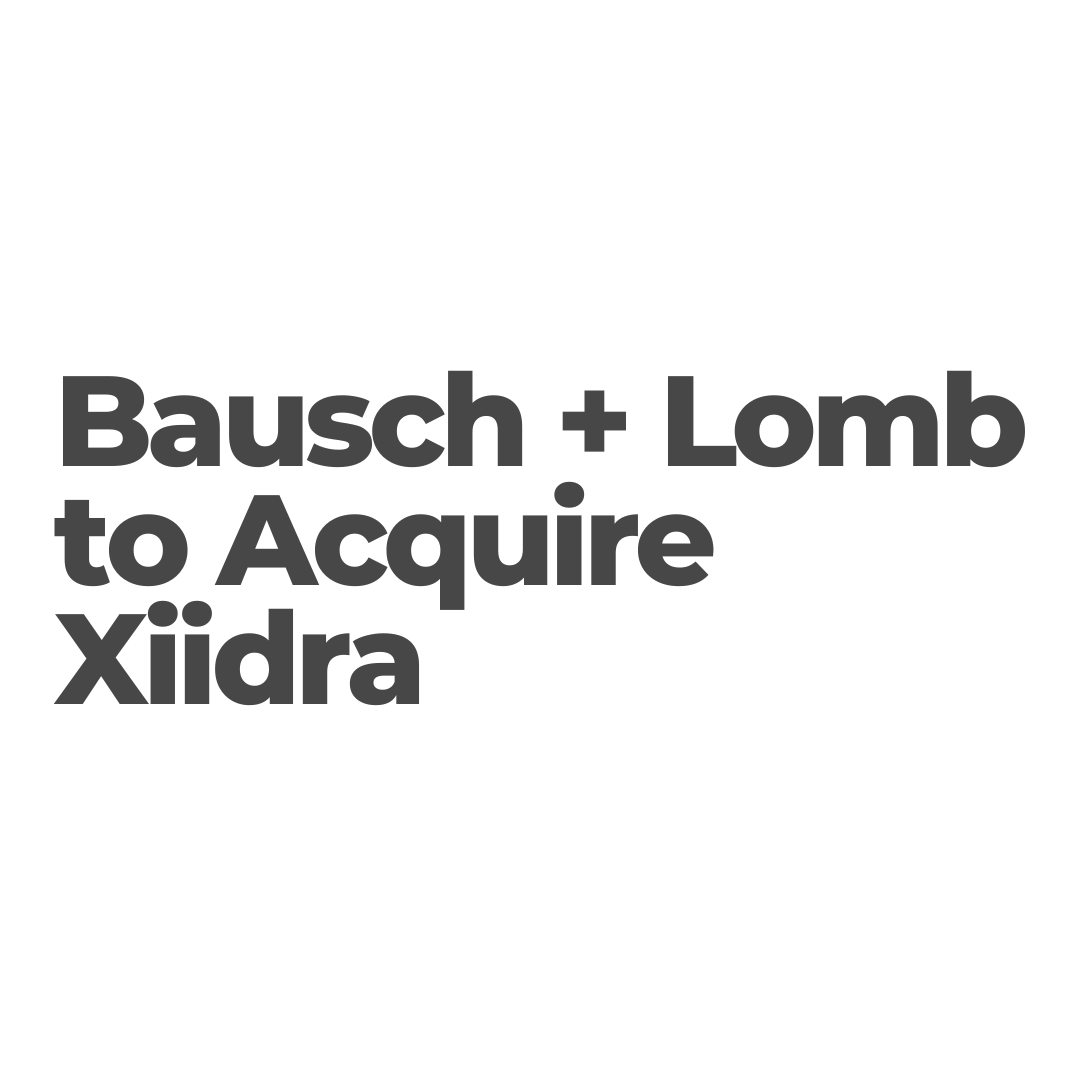Miebo - New FDA-Approved Treatment for Dry Eye Disease
MIEBO™ (perfluorohexyloctane ophthalmic solution)
Bausch + Lomb Corporation and Novaliq GmbH are excited to share the news that the FDA has approved MIEBO (perfluorohexyloctane ophthalmic solution) for the treatment of dry eye disease (DED).
Tell me more about MIEBO
MIEBO, previously known as NOV03 during its development, is a unique eye drop that offers relief from the signs and symptoms of DED.
MIEBO is a special eye drop that is formulated with 100% perfluorohexyloctane. It is water-free, non-steroidal, and preservative-free, making it a safe and effective option for treating DED.
How does it work?
MIEBO consists of a semi-fluorinated alkane with a dual-sided structure, featuring an aerophilic end and a lipophilic end. This unique composition enables it to effectively adhere to the lipids in the tear film. Simultaneously, it forms a protective monolayer at the air-liquid interface, ensuring stability for a duration of up to 6 hours.
This effectively helps prevent tear evaporation and supports the healing process on the ocular surface. This is crucial for individuals experiencing dry eye, particularly those with a quick tear breakup time (TBUT) characterized by isolated patches of dryness, indicating an unstable tear film. It can even reach the meibomian glands and dissolve the altered, viscous meibum found there.
In contrast to conventional anti-inflammatory or immunomodulatory treatments, MIEBO quickly spreads across your eye's surface due to its low surface tension, promoting more consistent blinking and an even distribution of the tear film.
What’s the recommended dosage?
To use MIEBO, simply administer one drop into the affected eye(s) up to four times a day, as directed by your healthcare professional. The whole bottle should last 4 drops per day for 4 weeks.
It is crucial to inform patients about what to expect when instilling the eye drop. Unlike a 30- to 50-microliter water-based drop, the MIEBO molecule is a mere 11 microliters, and patients may not always feel it upon application to the eye.
Based on our experience, the lack of sensation when it hits the eye can lead individuals to dispense excessive amounts of the drop, depleting their month-long supply within 2 weeks or less. Emphasizing that the drop will feel "silky" or "oily" due to its water-free composition is also important.
Equipping patients with this knowledge is essential to prevent the common issue of overdosing.
Give me some background on its development
MIEBO's journey to FDA approval has been a collaborative effort between Novaliq and Bausch + Lomb. They entered into a strategic cooperation agreement in 2019 to develop, manufacture, and commercialize MIEBO in the U.S. and Canada. The FDA accepted the new drug application (NDA) filing in September 2022.
How about the clinical data?
Clinical data from two pivotal phase 3 studies, GOBI and MOJAVE, support MIEBO's approval. These studies involved 1,207 patients with a history of DED and clinical signs of meibomian gland dysfunction (MGD). Both trials showed positive results, demonstrating improvement in corneal fluorescein staining and eye dryness scores.
How soon did patients experience symptom relief?
Patients experienced relief from symptoms as early as day 15 and throughout the duration of the trials. The reduction in eye dryness score and corneal fluorescein staining was statistically significant, indicating the effectiveness of MIEBO.
Any other clinical data?
In addition, Bausch + Lomb conducted a 12-month safety extension trial called KALAHARI, which concluded the clinical program for NOV03. The results were encouraging, further supporting the safety and tolerability of MIEBO.
How about adverse effects?
As with any medication, there can be some adverse effects. The most common ocular reactions reported with MIEBO were blurred vision and conjunctival redness, each occurring in 1-3% of patients.
Significance?
This FDA approval is significant because MIEBO is the first and currently the only treatment for DED that directly targets tear evaporation. It provides a new and innovative approach to managing this condition.
Miebo vs EvoTears vs Hycoscan Shield
What is the difference between all of these? Nothing. 100% perfluorohexyloctane is also sold internationally as EvoTears or Hycosan Shield.


How to Prescribe Miebo?
Screening for evaporative dry eye disease!
We recommend employing a validated dry eye questionnaire, such as SPEED (Standard Patient Evaluation of Eye Dryness). This questionnaire comprises eight questions that gauge the severity and frequency of dry eye symptoms, utilizing a numeric scale.
Additional tests that may contribute to the proactive identification of evaporative dry eye include:
Tear osmolarity: This test determines the integrity and homeostatic balance of the tear film by measuring the salinity of the tears.
MMP9: This test measures the qualitative level of matrix metalloproteinase 9 (MMP-9) in the tear film, often correlating with ocular surface inflammation.
Tear breakup time (TBUT): This test assesses tear film stability.
Corneal staining: Employing fluorescein sodium (NaFl) to evaluate the viability of the epithelium. Additionally, Lissamine green may be used to further assess the quality of the ocular surface.
Ideal Candidates for Miebo after Screening For Evaporative Dry Eye
1. For patients who are new to treatment
We frequently encounters patients who may not be aware of their eye condition or the availability of prescription treatments. Most people don't come in saying, 'My eyes are dry, and I think my tears are evaporating. Can you help me with that?'
However, the answers obtained from the questionnaire enables eye doctors to assess common patient complaints such as fatigue, visual fluctuations, and discomfort (e.g., burning, grittiness, itchiness, soreness, and irritation). The questionnaire also helps determine whether patients have previously tried or are currently using over-the-counter drops.
Further questioning often reveals that symptoms are often linked to prolonged computer use—potentially involving extended periods of looking at two screens for 10 to 14 hours a day. In such cases, corneal staining frequently confirms a very rapid TBUT.
These individuals are often dealing with "supply and demand" issues, where their ocular surface system struggles to keep up with the high-level visual demands throughout the day.
2. In conjunction with interventional therapies
The second group of patients who may benefit from MIEBO includes those already undergoing in-office interventional therapies such as intense pulsed light (IPL), radiofrequency (RF), or meibomian gland expression, and are at risk of excessive evaporation.
Perfluorohexyloctane, with its ability to mimic the qualities of natural meibum, collaborates with these procedures to potentially prevent evaporation.
3. Adding MIEBO to a treatment regimen
A third group that could potentially derive benefits from MIEBO comprises patients already undergoing immunomodulator treatment. Due to the ongoing nature of this chronic therapy, they typically exhibit normalized osmolarity and a reduction in symptoms, yet still grapple with a low TBUT. MIEBO has the potential to address an unmet need within this patient population.
This subgroup includes individuals who may be responding positively to neurostimulation, thereby producing their own tears. However, optimizing the longevity of these tears on the ocular surface through MIEBO could prove advantageous.
Read the original news release here - Bausch + Lomb and Novaliq Announce FDA Approval of MIEBO™






